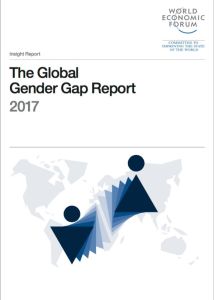Join getAbstract to access the summary!

Join getAbstract to access the summary!
World Economic Forum
The Global Gender Gap Report 2017
World Economic Forum, 2017
What's inside?
What do Iceland and Rwanda have in common? Both are leaders in gender parity .
Recommendation
Even as global economic growth picks up steam, women continue to occupy a distant back seat when it comes to occupational participation and political clout. While gender parity would broaden the labor pool and provide an economic shot in the arm for many countries, progress in closing the gender gap has sputtered, according to the 2017 edition of the World Economic Forum’s insightful report. But nations achieving improvements outnumber those that have regressed – offering cause for optimism. getAbstract recommends this study’s eye-opening findings to policy experts and business leaders.
Summary
About the Author
The World Economic Forum is an independent global organization dedicated to improving the world.





























































Comment on this summary